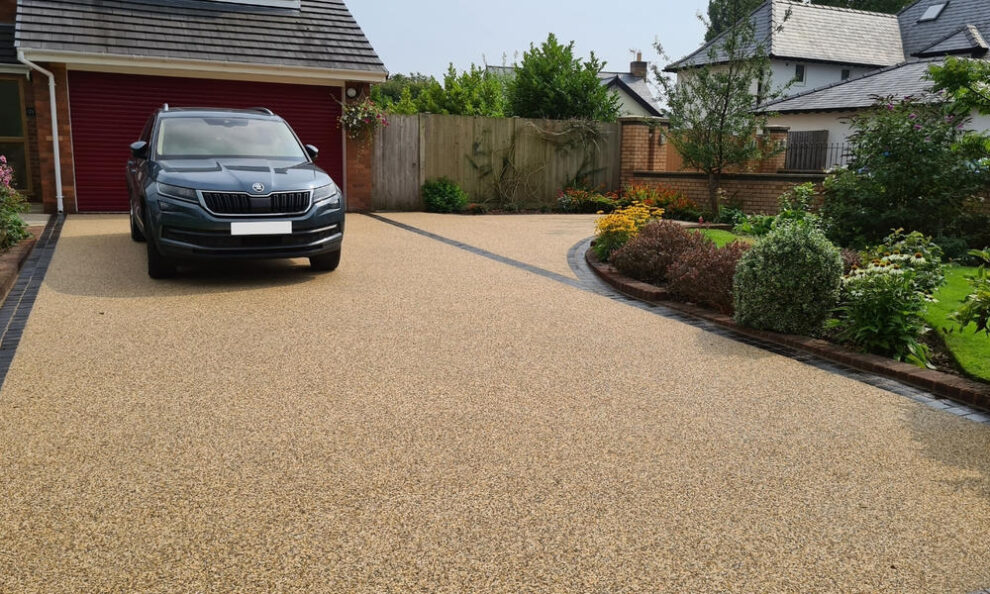Proper drainage is essential for maintaining the longevity and appearance of your driveway. Without adequate drainage, water can pool on the surface, leading to cracks, potholes, and other damage. Fortunately, there are several steps you can take to address drainage issues and ensure your driveway remains in top condition.
Identifying the Problem
The first step in addressing drainage issues is to identify the source of the problem. Look for areas where water tends to accumulate, such as low spots or areas near downspouts.
If you notice water pooling on your driveway after rain or snowmelt, it’s a clear sign that there are drainage issues that need to be addressed. Ignoring these problems can lead to more severe damage down the road.
Grading and Sloping
One of the most effective ways to improve drainage is to ensure that your driveway is properly graded and sloped. The surface should be slightly higher in the middle than at the edges, allowing water to flow off the sides and into a drainage system.
If your driveway is flat or has a reverse slope, water will have nowhere to go and will simply sit on the surface. This can cause the pavement to deteriorate more quickly and even lead to foundation issues if the water seeps into the soil around your home.
Installing a Drainage System
In some cases, simply grading and sloping your driveway may not be enough to address drainage issues. If you have a particularly large or steep driveway, or if there are other factors contributing to poor drainage, you may need to install a more comprehensive drainage system.
This can include things like French drains, catch basins, and underground pipes that carry water away from your driveway and into a safe location. While this can be a more involved and expensive solution, it’s often the best way to ensure that your driveway stays dry and free of damage.
Choosing the Right Materials
When it comes to driveway paving, the materials you choose can also have an impact on drainage. Asphalt and concrete are both popular options, but they have different properties when it comes to water management.
Asphalt is more porous than concrete, which means it can absorb some water and allow it to drain through the surface. However, this also means that asphalt is more susceptible to damage from standing water and freeze-thaw cycles.
Concrete, on the other hand, is less porous and more resistant to water damage. However, it can be more difficult to grade and slope properly, and it may require additional drainage solutions to prevent pooling.
Working with a Professional
Ultimately, the best way to handle drainage issues in driveway paving is to work with a professional contractor who has experience with these types of projects. A skilled ottawa paving contractor can assess your specific needs and recommend the best solutions for your property.
They can also ensure that the work is done correctly and efficiently, minimizing the risk of future problems and ensuring that your driveway looks great and functions properly for years to come.
The Bottom Line
Addressing drainage issues in your driveway is crucial for maintaining its appearance and structural integrity. By identifying the problem, grading and sloping the surface, installing a drainage system, choosing the right materials, and working with a professional, you can keep your driveway in top shape and avoid costly repairs down the road.









